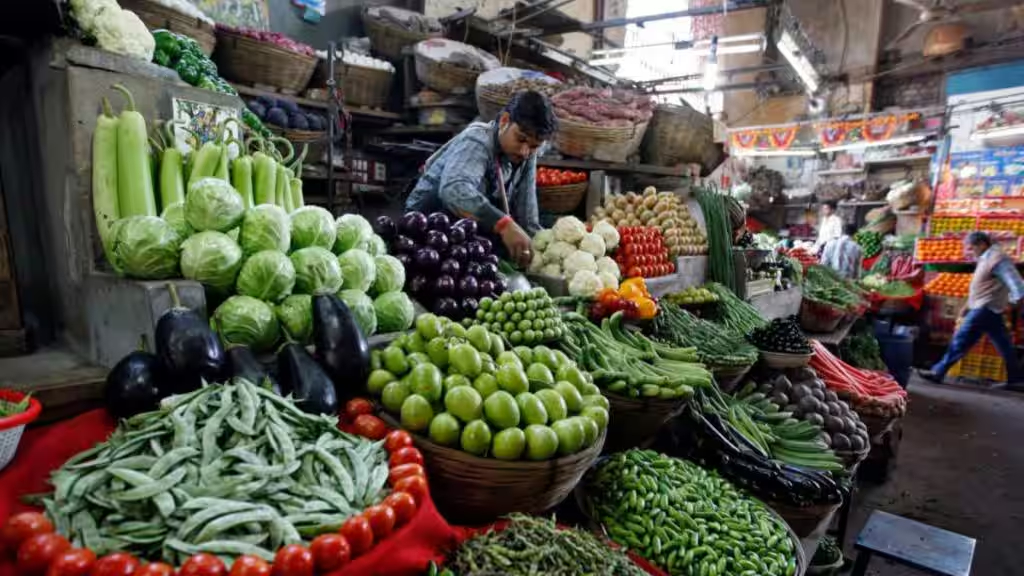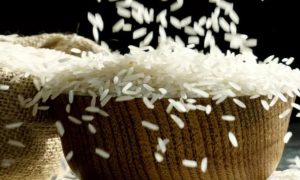Taming food inflation

The Reserve Bank of India (RBI) has effectively managed consumer price inflation, staying within its 4+/- 2% target range. India’s FY24 agri-imports dropped 8% to $32.8 billion, with a 9% AAGR from FY15-FY24, indicating potential self-reliance. Edible oil imports fell 28.5% due to global price drops, notably palm oil. Pulse imports doubled to $3.7 billion in FY24, prompting zero import duty till FY25 to curb inflation, affecting farmers. Rational trade policies integrating MSPs are crucial for sustainable agriculture.
The Reserve Bank of India (RBI) needs to be complimented for broadly containing the consumer price inflation within its mandated range of 4+/- 2%. It also needs to be commended for providing overall financial stability in the system, while generating unprecedented surpluses and giving a pleasant gift of Rs 2.11 trillion to the central government.
While the RBI uses monetary policy to control prices, it also suggests the government to take various measures such as through trade policy and open market operations, especially with respect to food inflation. The Centre had been on an overdrive to control food inflation by banning/restricting exports of wheat, rice, sugar, and even onions. Although such restrictive export policies help consumers, they hurt farmers’ interests. In our last piece in this newspaper on May 13, we examined the impact of restrictive agri-export policies. Here, we focus on agri-imports.
India’s agri-imports in FY24 declined by 8%, dropping from $35.7 billion in FY23 to $32.8 billion in FY24. Interestingly, the average annual growth rate (AAGR) of agri-imports during the 10 years of Modi government slowed down, from 14% during the United Progressive Alliance government (FY05-FY14) to 9% during FY15-FY24 (see graphic). Does it indicate India becoming more aatmanirbhar (self-reliant) in agriculture? Let us analyse India’s changing agri-import basket and the factors influencing it.
The decline in the value of agri-imports in FY24 was primarily due to edible oils, plummeting by 28.5%, from $20.8 billion to $14.9 billion within a year. However, in terms of quantity, it remained relatively stable, hovering around 15-16 million metric tonnes (MT) during FY23 and FY24. India imports roughly 55-60% of its edible oil consumption. Within edible oils, palm oil accounts for over 50%, followed by soybean and sunflower. The principal factor behind decline in import values is the drop in palm oil prices globally. The FAO’s vegetable oil price index dropped from 168.5 in FY23 to 123.4 in FY24, resulting in substantial savings in India’s vegetable oil import bill in FY24.
Next to edible oil, it is pulses, fresh fruits and vegetables (F&V), sugar, spices, cashew, and various other items that comprise India’s agri-imports. The import of pulses, which had declined from its peak of $4.2 billion in FY17 (a record 6.6 MT) to $1.9 billion in FY23 (2.5 MT), suddenly doubled to $3.7 billion in FY24 (4.7 MT). In FY17, India’s pulses production had suddenly increased by about 6 MT, while imports also hovered around the same quantity. This created a glut and domestic prices of many pulses dropped below minimum support prices (MSP). The government had to impose a 30% import duty on lentils, pigeon pea/tur, and chickpea, followed by quantity restrictions. Later, the import tariff on chickpea was increased to 40%, and then to 60%, by March 2018. For yellow/white peas, a 50% duty was combined with an MSP of `200/kg, implemented in December 2019, effectively prohibiting its imports. It gave high protection to domestic production of pulses.
However, since then pulse production remained sluggish, hovering around 25-27 MMT. Import restrictions, coupled with sluggish production, led to high inflation in pulses. Even in April 2024, pulse prices increased by 17% (y-o-y), while tur prices shot up by 31%. This worried the government, and no wonder, it liberalised pulses imports at zero import duty, which will remain till end of FY25. This is likely to hit the farmers adversely, though it may help in containing consumer prices. Again, it is a sign of consumer bias.
What could be a rational trade policy that dovetails well with domestic MSP policy? First, instead of a sudden drop to zero import duty, it could have been more calibrated. Second, it must ensure that the landed price is not below MSP of major pulses. Third, if domestic prices go below MSP, then the National Agricultural Cooperative Marketing Federation of India should undertake large-scale procurement at MSP to build its buffer stocks. Else, we are afraid, farmers will lose heavily and their enthusiasm to produce more pulses may wane soon.
A similar policy has to be adopted in case of edible oils/oilseeds — ensuring that landed price of edible oils should not be below the domestic MSP of oilseeds converted to oil. Else, the vision of the Prime Minister to achieve relative self-reliance in edible oils through the National Edible Oil Mission-Oil Palm (NEOM-OP) will wash away. Having said this, Indian policymakers must recognise that achieving self-sufficiency in edible oils through traditional oilseeds like mustard, groundnuts, and soybeans would necessitate an additional area under oilseeds to the tune of 35-40 million hectares, which is not feasible. The only way is to promote palm oil at home on about 2 million hectares that is identified as a suitable area for this crop. This is the only crop that can give almost 4 tonnes of oil/ha.
The key policy lesson is that trade policy, especially import liberalisation, has to be well-integrated with MSP policy at home. This is important for pulses and oilseeds, which demand less water and less fertilisers. Thus, peasants’ and the planet’s interests must go hand in hand.
Source Link : https://www.financialexpress.com/opinion/taming-food-inflation/3502377/













